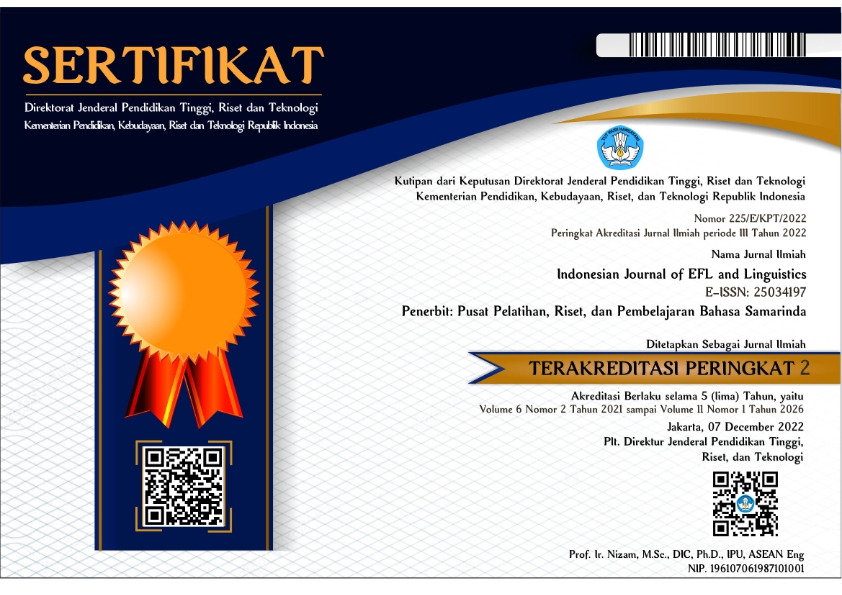Cultural Video Project Assignment (VPA) through the Eyes of Young ESL Learners: A Multi-Modal Vocabulary Learning Approach
Abstract
Learning vocabulary is vital to language proficiency and skills. However, for the ESL learner, vocabulary learning can be challenging due to poor memory and the distinct nature of vocabulary itself. Many studies have looked into vocabulary learning strategies and most have concurred that they should be fun, interactive and meaningful especially for the young ESL learners to recall and use. This paper investigates the effectiveness of video project assignments (VPA) on young learner’s vocabulary learning in an ESL reading class. The activity utilizes a combination of project-based learning and multimodal learning platforms like Web 2.0 (Google, YouTube and Padlet). A group of primary five students (N=30) from a public school in Malaysia are examined. The students were exposed to vocabulary items in reading passages on Malaysian culture and asked to discuss them on Padlet. A group video project assignment was also developed and uploaded on Youtube. In this paper, we discuss the quantitative and qualitative findings that show the effectiveness of using multi-modal learning platforms and developing simple, pocket-sized VPAs in enhancing young ESL learners’ vocabulary learning.
Published
2016-11-01
How to Cite
Jabar, N., & Mohamad Ali, A. (2016). Cultural Video Project Assignment (VPA) through the Eyes of Young ESL Learners: A Multi-Modal Vocabulary Learning Approach. Indonesian Journal of EFL and Linguistics, 1(2), 157-173. https://doi.org/10.21462/ijefll.v1i2.11
Section
Articles




